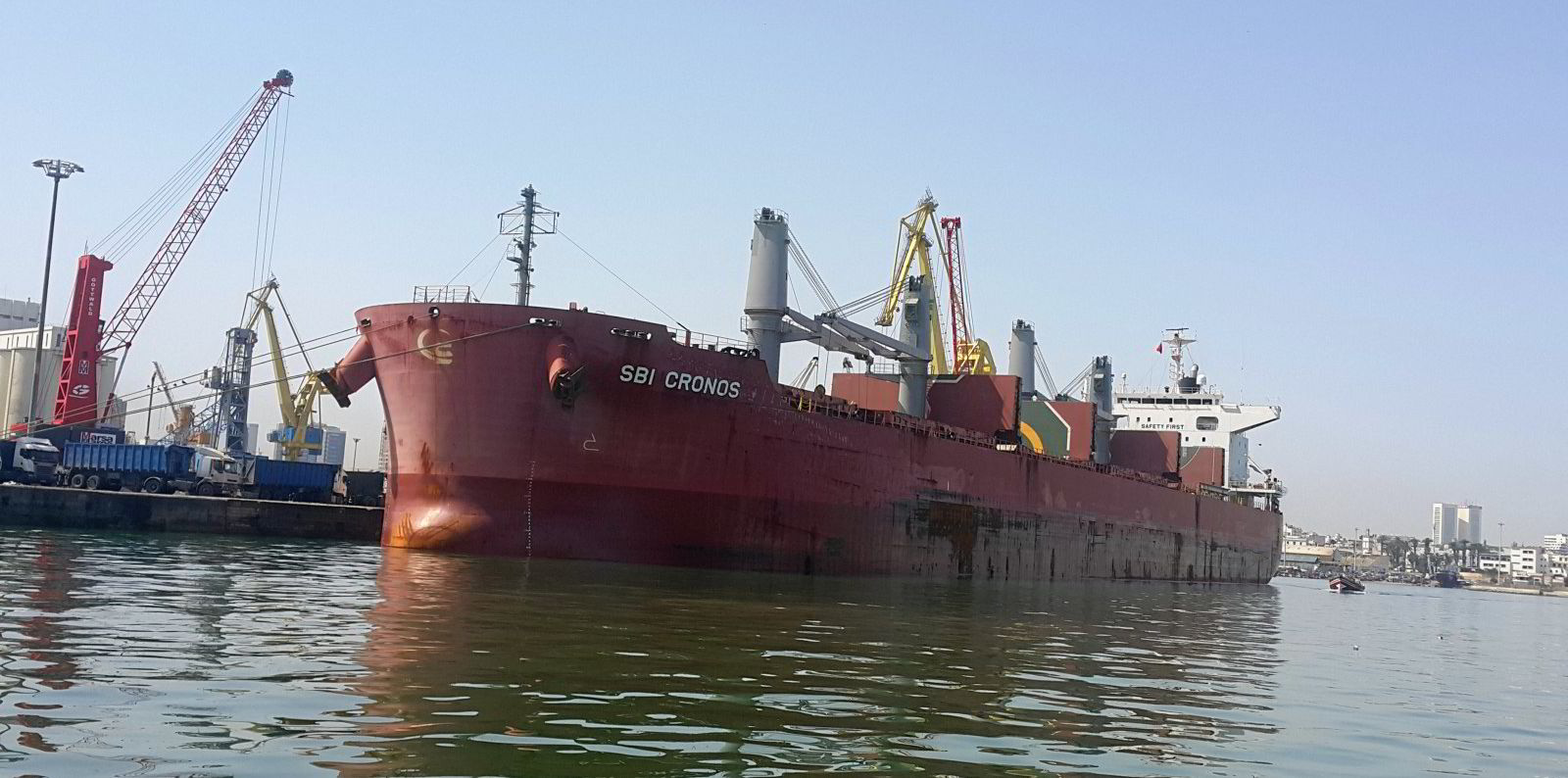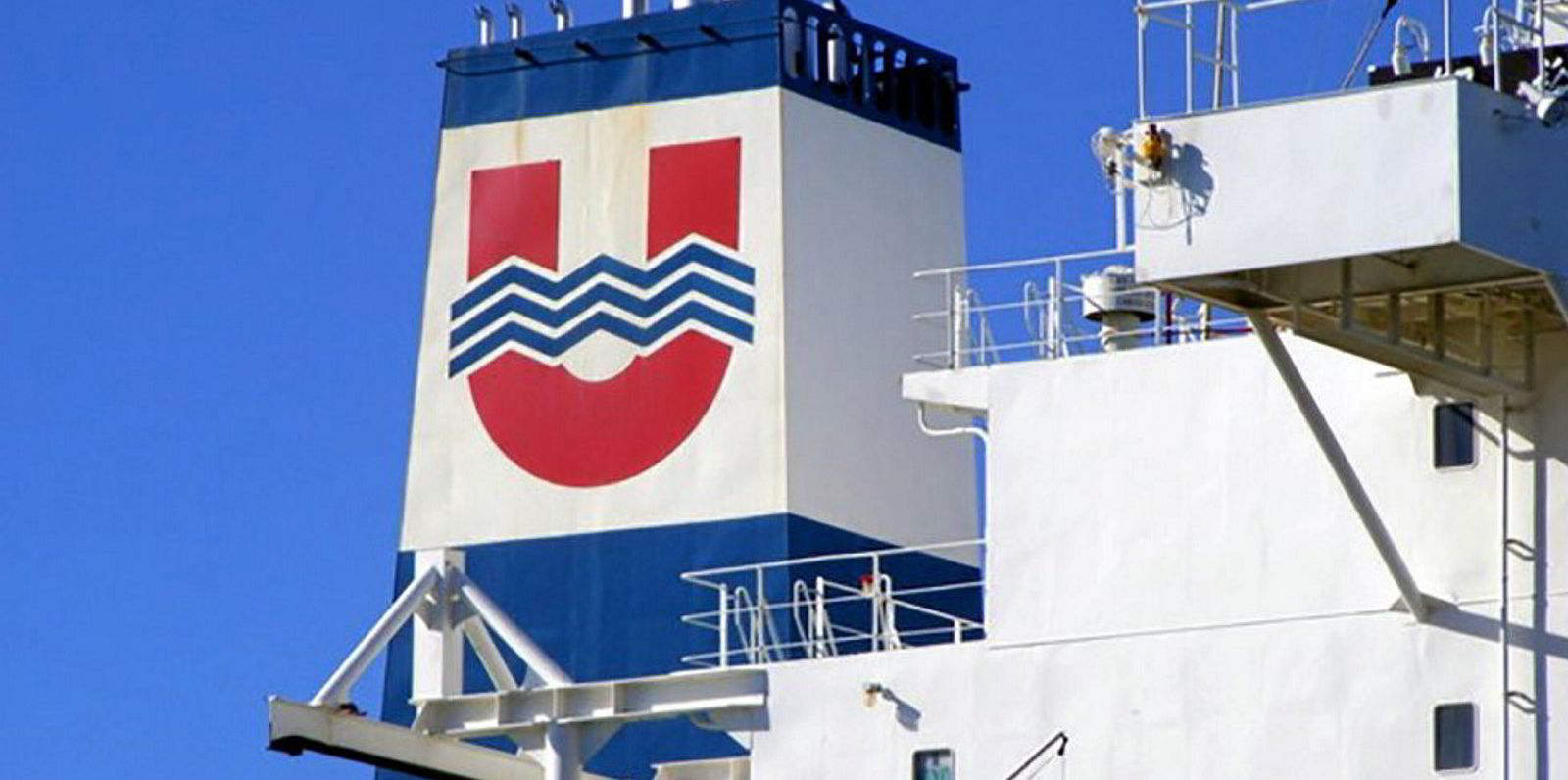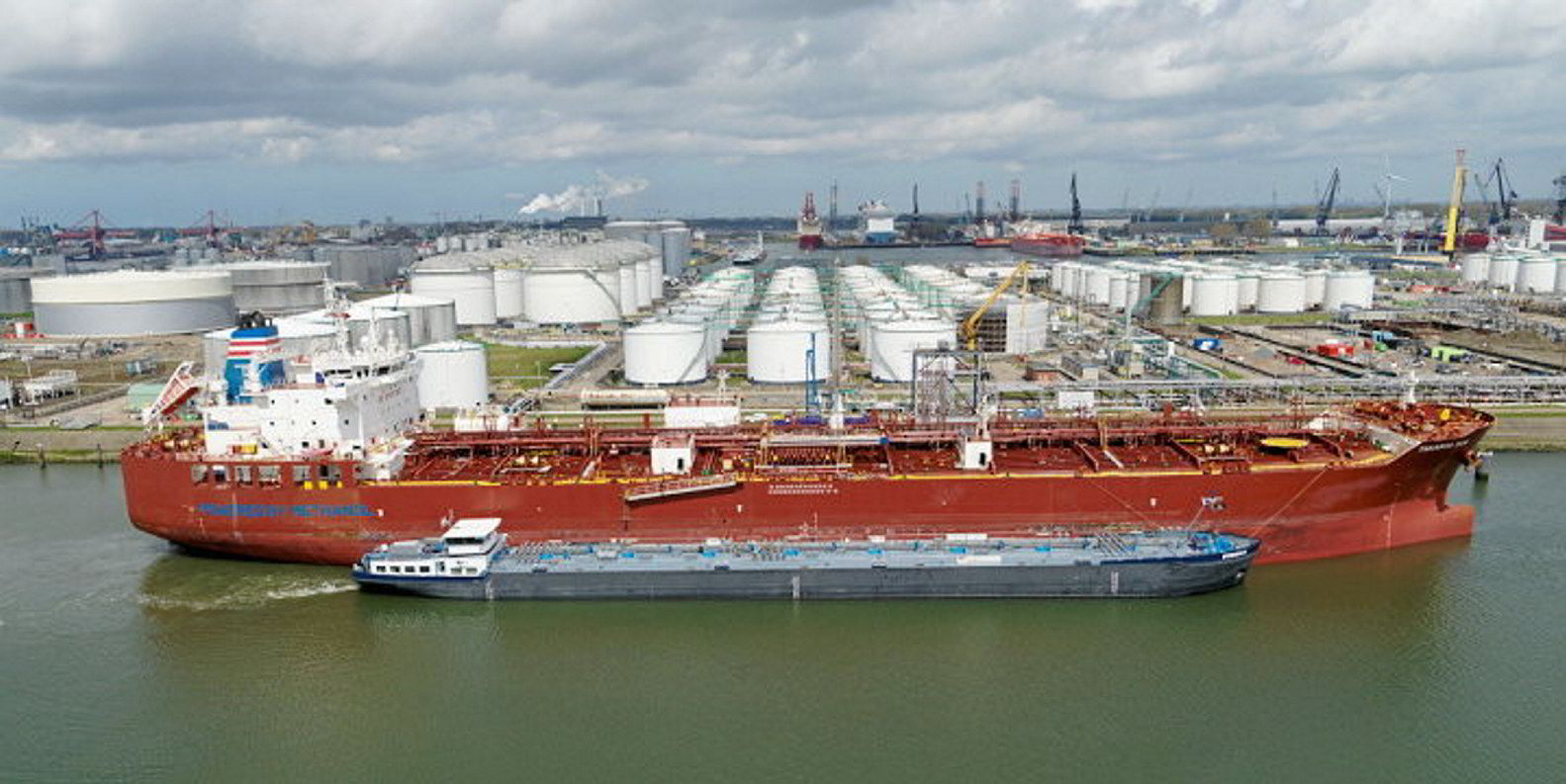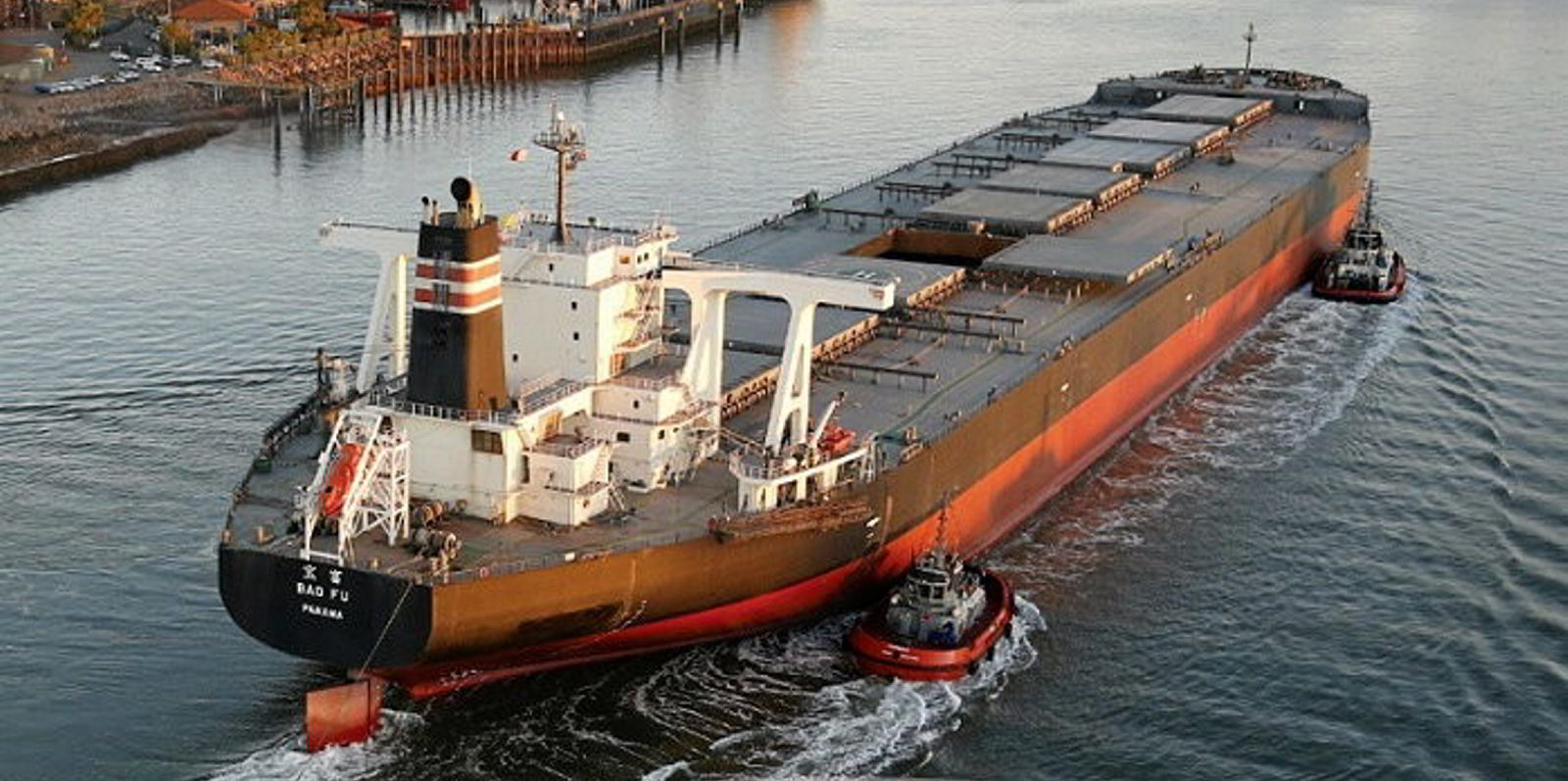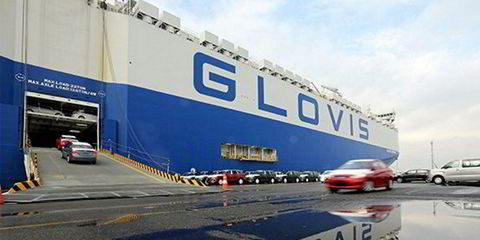Congestion at ports around the world has eased slightly but not as much as had been hoped and is still an everyday reality for the global dry bulk fleet.
Bulker tracking platform Oceanbolt has identified that 26% of the world's bulk carriers of 27,000 dwt and over are caught in queues at ports worldwide.
They comprise “baby capes” of 110,000 dwt up to VLOCs of more than 250,000 dwt, according to Oceanbolt, which leverages both AIS and satellite data.
Analysts had expected capesize congestion in the Atlantic to unwind this month as Brazil upped its iron ore exports. But July's numbers have disappointed, according to Nick Ristic, lead dry bulk analyst at Braemar ACM Shipbroking.
"The mythical ‘Brazil ramp-up’ still hasn’t quite materialised," Ristic told TradeWinds. "Shipments are on trend for about 32m tonnes, which is up 2% [month on month] but 9% lower than we had expected at the start of the month."
He added that mine maintenance in northern Brazil and possible licensing issues have affected output.
Eyes on Brazil
Capesize tonnage in the Atlantic has thinned out slightly but congestion is still there.
The logjam at Brazilian ports built up during the second quarter to the highest levels since 2019, but eased as the country ramped up its exports of dry commodities.
Queues of ships larger than 100,000 dwt peaked at 16.7m dwt in May but had fallen to 9.6m dwt by mid-July, according to analysis by Braemar.

With all that in mind, Ristic said Australia is "back in the driving seat", which is being reflected in spot rates.
Last week, the Western Australia-to-China benchmark route for capesize iron-ore voyages was commanding a $9,000-per-day premium over trips to the country from Brazil in time-charter equivalent terms, "although all the recent maintenance there means that shipments are still on trend to fall by around 7% [month on month]," Ristic noted.
Data from Oceanbolt identifies 43 bulkers of 110,000 dwt and over — totalling 10.7m dwt — currently affected by congestion in Brazil.
This is 2.5m dwt more than Friday as ballasting vessels arrive in the region — but Ristic told TradeWinds that traffic heading towards Brazil is "relatively low".
Vale's iron-ore export facility in Ponta da Madeira in Brazil had a queue of 29 capesizes of 110,000 dwt and over, as of Monday.
Load port queues
Major load ports for capesize bulkers are among the world's most congested, according to Oceanbolt.
In Australia, a combined 46 vessels are queuing at major coal port Newcastle and ore terminals at Port Hedland.
Average waiting times at ports around the world are falling for capesize vessels.
The average wait was 7.1days on Monday, down from 7.8 days of queuing a week earlier, according to the data.
Just under half of all the congested vessels identified by Oceanbolt are in ballast.
Congestion worldwide
Oceanbolt data identifies 2,861 bulkers caught in congestion worldwide, equivalent to a quarter of the live fleet of vessels over 27,000 dwt.
Shanghai is worst affected, with 165 bulkers caught in queues at the Chinese port, the data shows.
The next most congested ports are Ningbo and Rizhao in China, where a combined 166 bulkers are caught in congestion.
Bulkers carrying coal are the most congested by the commodity, with 35.6m dwt in tonnage or 444 vessels waiting at anchor currently.
Congestion is affecting around 32.1m dwt of bulkers laden with iron ore, numbering 192 ships on Monday, which is down only slightly on a week ago.
Fleet slowing down
July saw a noticeable slowdown in the average speed of the global bulker fleet, which is beginning to accelerate once again, according to Oceanbolt data.
Ballasting capesizes were sailing as slow as 11.3 knots during the last week of July, but have since sped up to 11.6 knots as of Monday, the data shows. This is 0.2 knots faster than laden vessels, according to the data.
The global fleet, comprising all bulkers of at least 27,000 dwt, slowed to 11.4 knots in late July, but has since sped up to 11.7 knots.
Ballasting vessels are currently sailing at 11.8 knots on average.

